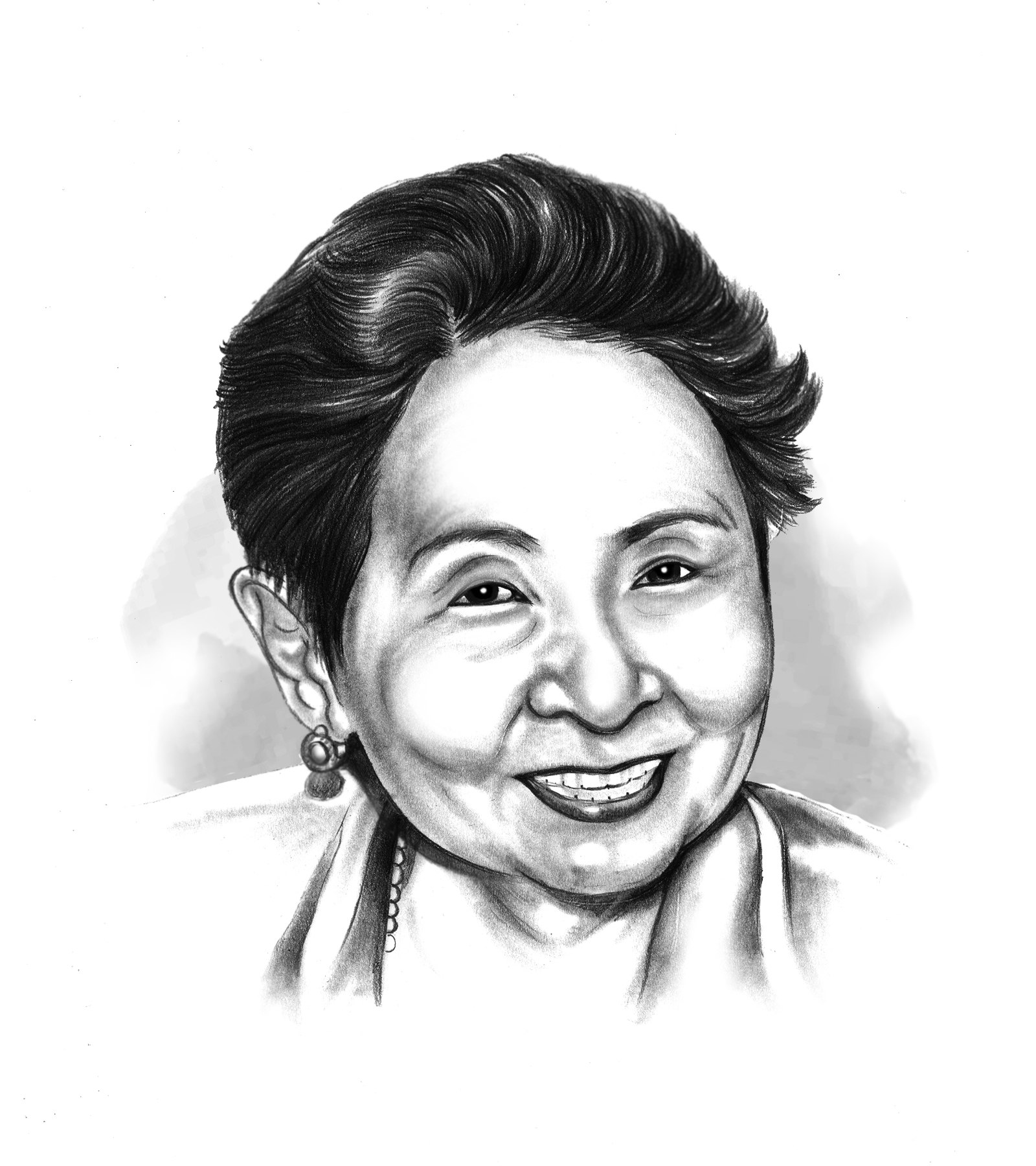PAGBABAGO

To the outside world, the image of the community journalist is one who works under difficult circumstances. This is the consequence of having been one of the five countries that have been on the top 10 in number of journalist killings over the last 10 years. Last year, we ranked No. 9 and No. 8 in 2023 according to the Global Community Index, which had ranked countries based on unsolved murder of journalists in the past decade.
In addition to killings which is the most extreme form of violence, the threats include surveillance, gendered cyber targeting, and hate speech, and even the intentional deprivation of their financial base. Some of our journalists get imprisoned or harassed on both online and print media. Some resort to self-censorship.
Thus, the emergence of initiatives such as those by UNESCO, which has supported several initiatives such as a Research Agenda and Action Programs involving training journalists along a number of “safety” issues in order to be able to cope with challenges such as the growing impunity in the killing of journalists.
In October 2016, I had the privilege of presenting a research agenda on safety of journalists where I presented challenges in an environment such as ours. My first question was, “What motivates a journalist to continue working despite threat to his physical and psychological wellbeing?” The participation and survival of independent media is feared because of threats from extremist movements hostile to media freedom.
UNESCO had facilitated multilateral initiatives and a research agenda realizing that “every violence committed against a journalist that goes uninvestigated and unpunished becomes an open invitation for further violence.” But when a government fails to stamp out impunity, it becomes embedded and normalized in the national psyche. Thus a culture of safety — creating a safe and enabling environment for journalists so that they can work without interference and ensuring redress for victims and their families — remains a challenge that we cannot ignore.
I mentioned the above because the speaker in our latest Zoom knowledge sharing activity sponsored by our Community Journalism Scholarship Fund, has been for the past years working on the safety of journalists who operate in hostile environments. Red Batario, founder of the Center for Community Journalism and Development, was for more than 30 years a journalist who worked in both print and TV media here in the country and Southeast Asia. Some 15 years ago, the Titus Brandsma Journalism Awards, a body I chaired, awarded him as one of the pioneering community journalists.
Among the issues that Red raised in his paper, “Community Journalism in State of Flux,” were the dangers of disinformation, fake and hate speech, surveillance, and other dangers that had emerged due to misuse of our communication media.
And he cites case studies of community media, primarily broadcast stations which are playing an important role in local governance. They include Radio Station DXCA in Kidapawan City which in its regular broadcast, “Pulso ng Bayan,” brings citizens together to discuss local governance and how to address the problems.
In Iloilo, the Visayas Examinersparks community engagement in its regular feature, “Pamangkot sa Banwa,” held during election periods where candidates present their agenda. Winning candidates are held to account for their campaign promises. Newspapers, he noted, synthesize ideas from the community and solutions proposed help harness the community’s collective energy.
Then there is the PBN Broadcasting in Legaspi City which provides a platform for local government agencies, media, and the citizens to address issues of child abuse and environmental impact.
“Sanduguan,” a page of Mindanao Cross, provides a platform for community conversations and focuses on the collaboration between the media and the citizens in addressing local concerns.
Likewise, in Bohol, the local Bohol Chronicle, a daily which also hosts a radio station, has been awarded for Best Disaster Reporting by the Civic Journalism Community Press. It is known for its “Accountability Journalism” where it continues to play a critical role in facilitating disaster and environmental issues.
The above are just some of the projects and advocacies that Red Batario and his Community Journalism and Development Center support. But they respond to requests of community media, serving as trainors, and helping struggling community media to become sustainable. And they are present where many fear to tread – hostile situations because of continuing unrest and threats and dangers from nature’s fury and fellow human beings likewise.